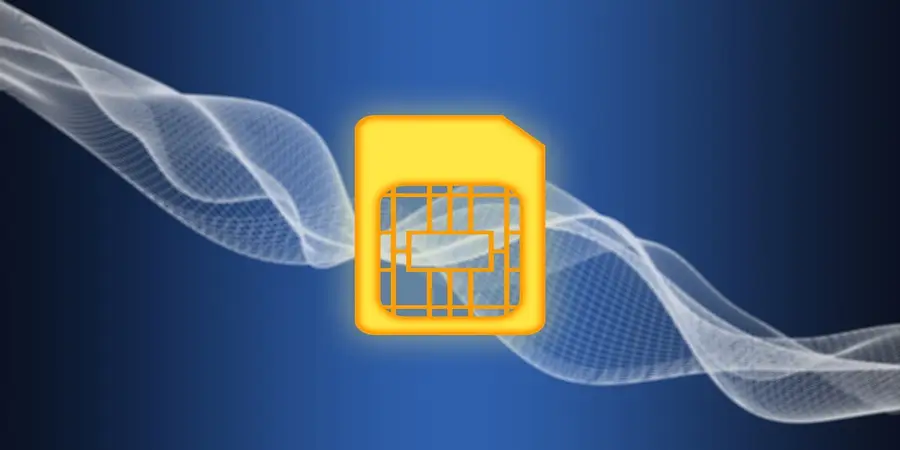Table of Contents
- Introduction
- Why Emerging Crypto & Blockchain Tech Matters
- Layer 2 Scaling Solutions
- Real-World Asset (RWA) Tokenization
- Decentralized Finance (DeFi) 2.0
- Zero-Knowledge Proofs (ZKPs)
- Cross-Chain Interoperability
- Central Bank Digital Currencies (CBDCs)
- Blockchain-as-a-Service (BaaS)
- Decentralized Identity (DID)
- AI-Powered Crypto Tools
- Green Blockchain Solutions
- Conclusion
- FAQs
Introduction
Cryptocurrency and blockchain are no longer just buzzwords—they’re rapidly reshaping how we handle money, identity, and data. While Bitcoin and Ethereum laid the foundation, new innovations are now driving the Web3 revolution. Here’s a look at the best emerging blockchain and cryptocurrency technologies to watch in 2025 and beyond.
Why Emerging Crypto & Blockchain Tech Matters
Emerging technologies in the blockchain space promise:
- Faster transactions
- Greater security
- Wider accessibility
- Real-world asset integration
- Decentralization beyond finance
Whether you’re an investor, developer, or crypto enthusiast, staying ahead of these innovations is key.
1. Layer 2 Scaling Solutions
Examples: Optimism, Arbitrum, zkSync
Layer 2 solutions are designed to enhance Ethereum’s scalability. By processing transactions off-chain and settling them on-chain, these platforms reduce gas fees and increase transaction speed.
Why It Matters:
They enable decentralized apps (dApps) and NFTs to scale without compromising security.
2. Real-World Asset (RWA) Tokenization
Examples: Ondo Finance, Centrifuge
Tokenization transforms physical assets like real estate, bonds, and art into blockchain-based digital tokens.
Why It Matters:
Brings liquidity to traditionally illiquid assets and bridges TradFi (traditional finance) with DeFi (decentralized finance).
3. Decentralized Finance (DeFi) 2.0
Examples: OlympusDAO, Alchemix
DeFi 2.0 improves upon the original DeFi protocols by offering self-sustaining liquidity and more efficient capital deployment.
Why It Matters:
Aims for long-term sustainability, reduced volatility, and community governance models.
4. Zero-Knowledge Proofs (ZKPs)
Examples: zk-SNARKs, zk-STARKs, StarkNet
ZKPs allow users to prove data validity without revealing the data itself, boosting privacy and security.
Why It Matters:
Critical for private transactions, confidential business data, and regulatory compliance in Web3.
5. Cross-Chain Interoperability
Examples: Polkadot, Cosmos, Chainlink CCIP
These protocols allow different blockchain networks to communicate and share data or assets.
Why It Matters:
Solves the “blockchain silos” issue and enhances functionality across DeFi, NFTs, and more.
6. Central Bank Digital Currencies (CBDCs)
Examples: Digital Yuan (China), eNaira (Nigeria), Digital Euro (EU – in pilot phase)
CBDCs are state-issued digital currencies that offer centralized control with blockchain-based features.
Why It Matters:
They redefine how governments interact with citizens, ensuring faster payments, enhanced traceability, and financial inclusion.
7. Blockchain-as-a-Service (BaaS)
Examples: IBM Blockchain, Microsoft Azure Blockchain
BaaS allows enterprises to use cloud-based solutions to build, host, and manage blockchain applications.
Why It Matters:
Accelerates enterprise adoption without requiring deep technical knowledge.
8. Decentralized Identity (DID)
Examples: Civic, uPort, Microsoft ION
DIDs allow users to control their personal data and digital identity across platforms without central authorities.
Why It Matters:
Essential for privacy, authentication, and Web3 digital presence.
9. AI-Powered Crypto Tools
Examples: TokenMetrics, Numerai, Fetch.ai
AI is being used in crypto trading, fraud detection, and smart contract optimization.
Why It Matters:
Combines data-driven insights with automation for better investment and security decisions.
10. Green Blockchain Solutions
Examples: Algorand, Chia, Cardano
These blockchains use energy-efficient consensus mechanisms like Proof of Stake (PoS) or Proof of Space and Time.
Why It Matters:
Supports environmentally responsible blockchain growth amid global climate concerns.
Conclusion
The cryptocurrency and blockchain ecosystem is evolving faster than ever. From tokenizing real-world assets to building cross-chain ecosystems and reducing carbon footprints, these emerging technologies are not only shaping the future of finance but also redefining how we interact with the digital world.
To stay ahead, explore, adopt, and invest in these innovative technologies responsibly.
FAQs
What is the most promising blockchain technology in 2025?
Layer 2 solutions like zkSync and Arbitrum are showing strong promise for scaling Ethereum and enhancing usability.
Can AI and blockchain work together?
Yes, AI tools are increasingly integrated with blockchain for trading strategies, security protocols, and data analysis.
Are CBDCs the future of money?
CBDCs are likely to play a major role in the digitization of national currencies, blending blockchain benefits with regulatory oversight.
What is the benefit of real-world asset tokenization?
It unlocks liquidity in traditionally illiquid markets like real estate and bonds, allowing fractional ownership and 24/7 trading.
How does decentralized identity improve user experience?
DID gives users control over their digital identity, reduces data breaches, and simplifies verification across platforms.














